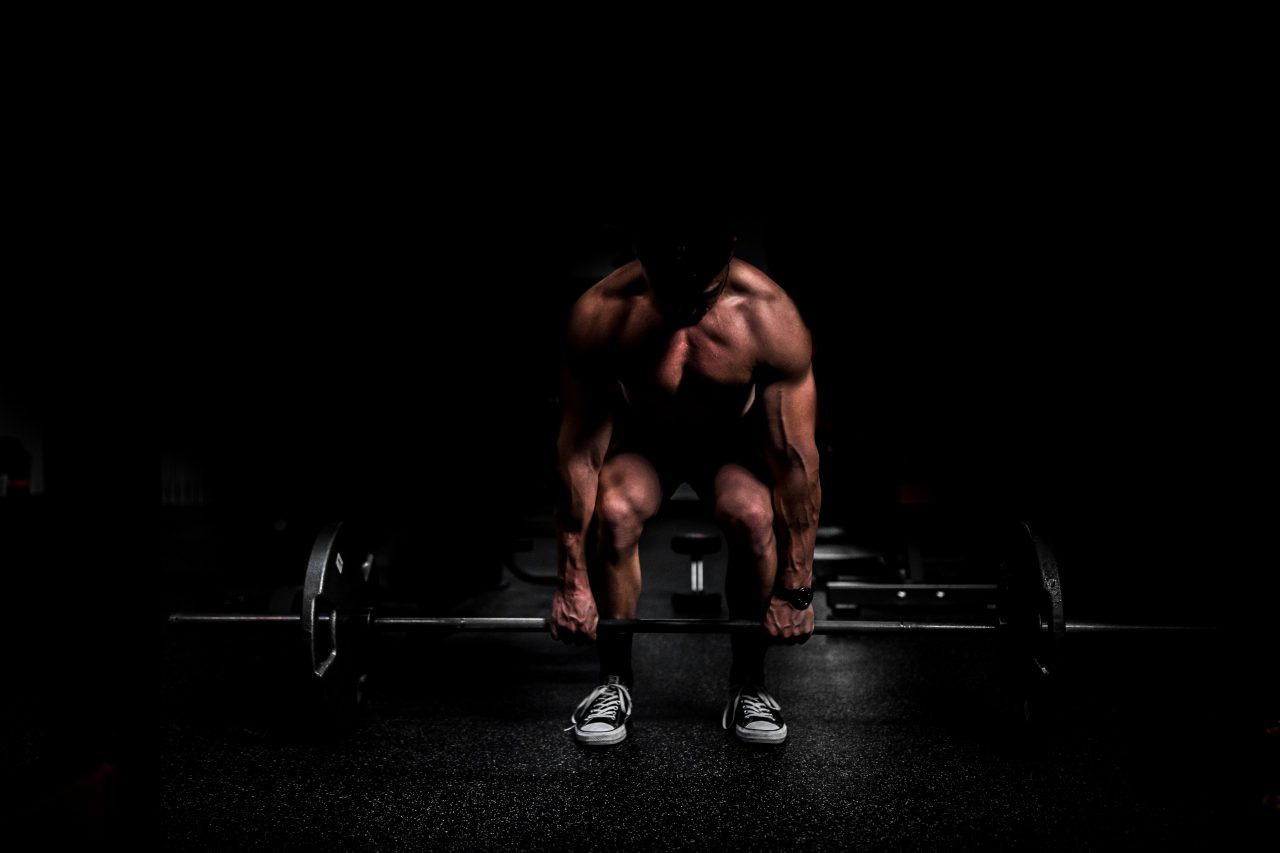
In a tempo based triphasic approach, athletes spend 2-4 weeks focusing primarily on one type of tempo
Typically when it comes to training athletes my training protocols use some form of triphasic methods. This is inspired by Cal Dietz mainly, but I have also developed and worked on some of these systems myself through trial and error over the last five years. No program is perfect and each program you make should be better than the last.
When coming up with an athlete’s program there are numerous variables to consider. These include:
- Age
- Sex
- Training age
- Primary sport
- Time available to train
- Injury history or other limitations
- Equipment available
Once we address these variables, we can move on with the assessment process to discover how an athlete moves, strength assessment, speed/vertical, and mobility. Different athletes may require a slightly different approach, but the philosophy and the protocols can remain nearly identical from athlete to athlete. A squat is still a squat, a horizontal push exercise is a horizontal push exercise no matter what variation you use. The movement pattern is what we are after, not the specific exercise.
The tempo based triphasic approach
In a tempo based triphasic approach (inspired by Cal Dietz’s Triphasic Method), I typically have athletes spend 2-4 weeks focusing primarily on one type of tempo.
My order is typically:
- 1: Isometric Focused
- 2: Eccentric Focused
- 3: Concentric Focused
This does not mean that we ONLY use one tempo for four weeks. This is just the primary form of tempo we use. The reasoning behind phasing these three tempos this way is to teach athletes to master positions in the isometric phase and to get them to utilize bracing techniques to create full body tension as seen in this Hex Bar Pause Deadlift:
The isometric phase
In the isometric phase, we do most exercises for 3 to 4 sets for 3-8 repetitions with rest periods ranging from 30 seconds all the way up to 2 minutes depending on the demand of an exercise. There are also plyometrics, speed & agility, and conditioning work combined with this each phase. Which I’ll cover in a later article.
The eccentric phase
Once we are through our isometric phase, we move on to an eccentric phase where the focus is controlling our body with additional loading.
This phase tends to build some muscle to an athlete’s frame due to the increased time under tension and added breakdown of muscles. Since this phase can be at times more taxing on the body, less exercises are involved from workout to workout to promote recovery between training sessions.
Typically we perform 3 to 4 sets for 3-8 repetitions with a 3 to 5 second eccentric for each rep, followed by a brief pause, into an explosive concentric (Tempo 5-1-1). Rest periods will land between 45 seconds to 2 minutes depending on the intensity of the exercise.
An example of an eccentric movement is an Eccentric Focused Bulgarian Split Squat:
The concentric phase
To finish out the training block, we move into a concentric phase. In this phase we are attempting to turn all the stability and muscle we have gained over the last 4-8 weeks and turn it into power and explosiveness.
This phase will focus even more so on the big compound movements (squats, presses, deadlifts, etc.). There will be a mix of heavy weights (85% of 1RM or more) and lighter weights (70% of 1RM or less) used with different sets and reps utilized.
An example of heavy weights would be a Hex Bar Deadlift for 4 sets of 4 at 90% of an athlete’s 1 RM, then a 2 minute rest. We are still trying to move the bar as fast as possible, but due to the heavy weight it is only going to move so fast.
Compare that to a lighter, more explosive movement like a Hex Bar High Pull at 50% of a 1 RM for 6 sets of 3 with 60-90 seconds rest.
We do both exercises with maximal intent and a focus on the concentric phase of the movement. We are able to do this once an athlete can understand how to properly brace themselves and maintain strong positions throughout the movement at a high speed. During this phase we still mix in some eccentric focused exercises and isometric holds as accessory work. This phase is used as a peaking phase prior to competition starting back up.
This type of training is appropriate for an athlete at any age and nearly any sport as long as the movements, load, and intensity are monitored appropriately.
For athletes with limited exercise history click this link to purchase a full 12 week program that uses these training principles. In this program I take you through the basics to learn fundamental movements as well as developing speed & explosiveness.
If you are a more advanced athlete with at least one year of experience training click this link to purchase a full 12 week program. This program includes some more specific exercises, higher loads, and more advanced plyometric movements.
Train hard, train smart, train consistently.



